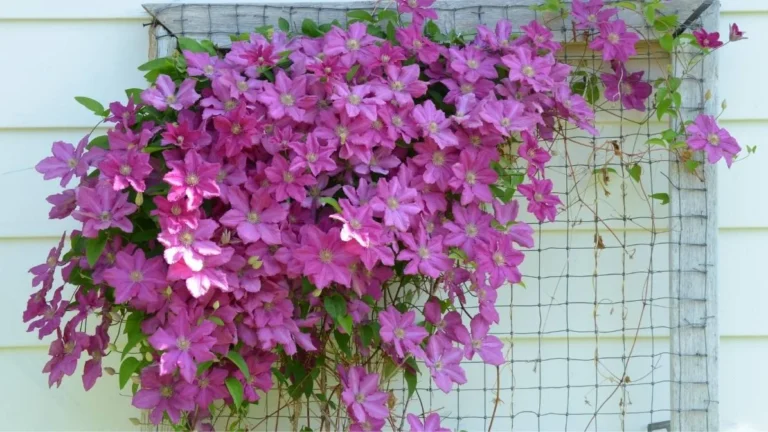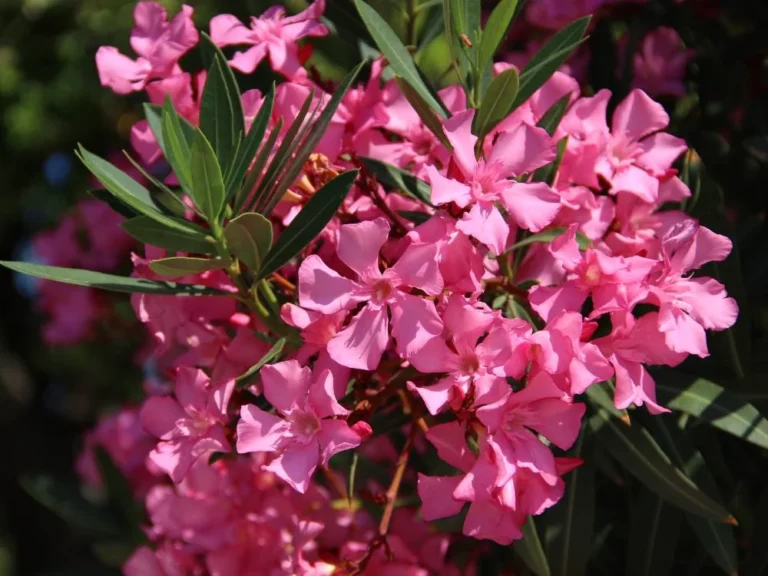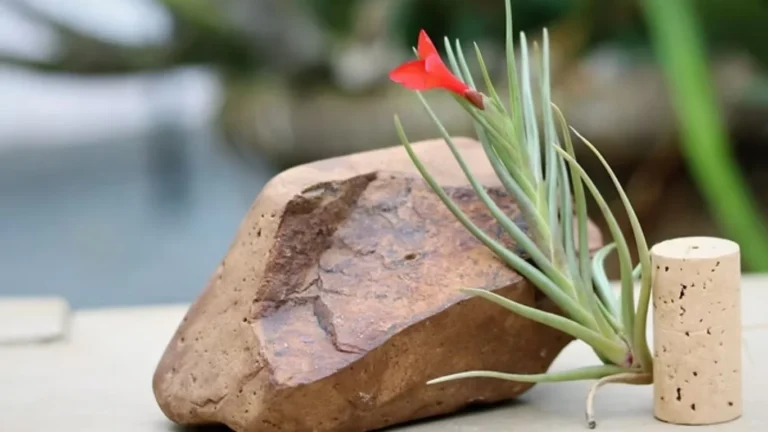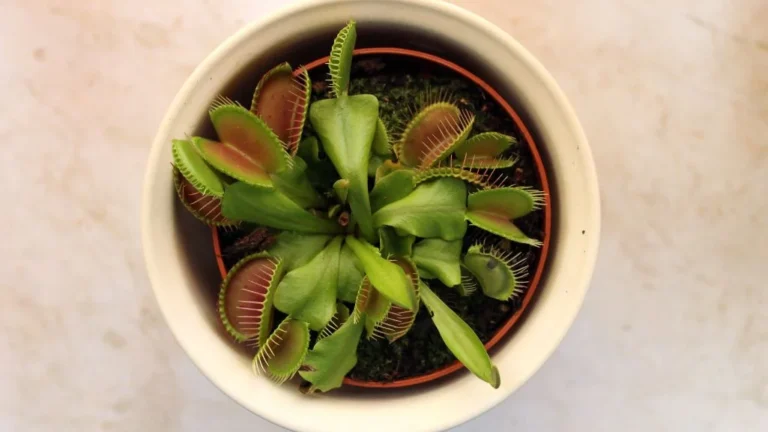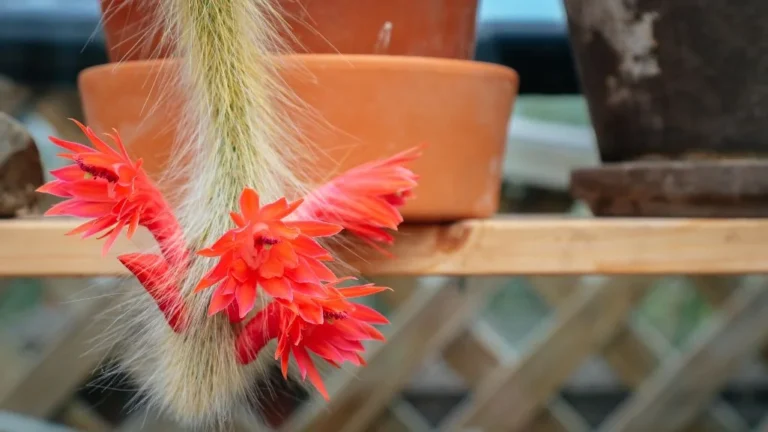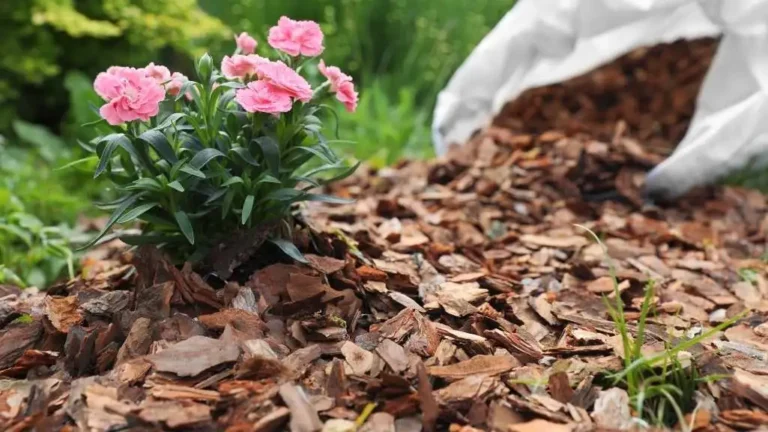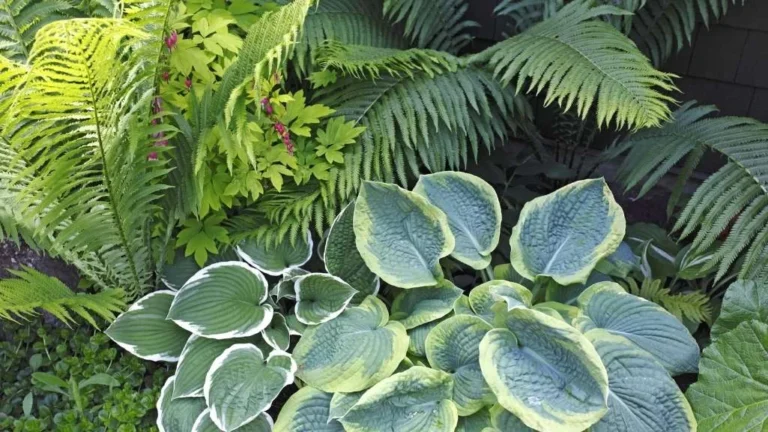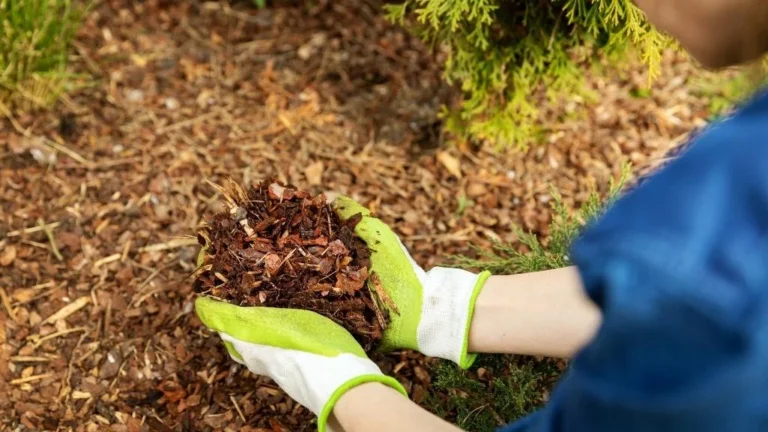Now the question comes which flower matches your vibe? Which one should you choose, Peace Lily or Chinese Evergreen Flower? In this article, I will walk you through everything you need to know about each plant, including care tips, benefits, and how to choose the one that’s right for you.
Peace Lily and its benefits
The Peace Lily gives peace with its glossy green leaves and white blooms. This tropical plant has become very popular because of its look and low maintenance quality. The issue I face most of the time about plant care is finding the proper lighting for the plant, and Peace Lily solves the issue. This plant can survive in low light conditions, so wherever you place it, there is no headache.
What are the benefits of this plant? Why should you have a peace lily?
According to NASA’s Clean Air study, Peace Lily removes toxins like Benzene, Formaldehyde, Trichloroethylene, Xylene, and Ammonia from the air. These toxins are commonly found in household products, paints, and cleaning supplies. So, keeping peace lilies in your living room, bedroom, or office can improve air quality.
Chinese Evergreen and its benefits
Chinese evergreen is a colorful houseplant that has many varieties. This plant is also known as Aglaonema. Whenever any corner of my house feels boring, my first thought is to buy a Chinese evergreen. Chinese evergreen also requires minimal care and can adapt to any lighting condition. But for Chinese evergreens, I recommend keeping them in a bright place so the vibrant color of the leaves stays vivid.
Benefits of Chinese Evergreen
Like the Peace Lily, the Chinese Evergreen helps purify indoor air. The claim that the Chinese Evergreen (Aglaonema) helps purify indoor air and filters out harmful toxins such as benzene, formaldehyde, and other volatile organic compounds (VOCs) comes from research inspired by the NASA Clean Air Study. The plant’s ability to absorb these toxins while also producing oxygen makes it beneficial for healthier living environments.
Based on the benefits of both of these plants, I hope you know which plant to choose. Are you?
Though both of these plants provide the same kind of benefit, it's still confusing for me to decide which one I should consider as my first priority.
Now, I will share the care routine for these plants, and I hope the comparison will give some guidance. First, I will talk about the basic care routine of a peace lily and then Chinese evergreen.
Peace Lily Basic Care Routine
Light
Peace Lilies need low to moderate light, making them ideal for rooms with less direct sunlight. You’ll notice that they tend to bloom more in brighter, indirect light, but they’re also known to thrive in shaded areas.
Watering
One of the best things about Peace Lilies is that they’ll let you know when they need water. When the plant starts to droop, it’s time for a drink. However, it’s crucial to avoid overwatering. Water your Peace Lily about once a week, and allow the soil to dry out between watering.
Soil
The Peace Lily thrives best in well-draining, moisture-retentive soil that supports healthy growth while preventing root rot. A mix that includes peat moss, perlite, and pine bark provides the ideal balance of drainage and moisture retention. These components allow excess water to escape while keeping the plant hydrated, promoting lush green foliage and vibrant white blooms.
Additionally, Peace Lilies prefer slightly acidic soil with a pH range of 5.8 to 6.5, making it important to select a potting mix that supports these conditions.
Humidity
Since Peace Lilies come from tropical environments, they appreciate high humidity. If the air in your home is particularly dry, consider misting the leaves or placing the pot on a tray filled with water and pebbles.
Fertilizing
You can fertilize your Peace Lily once every month during the growing season (spring and summer) with a balanced houseplant fertilizer.
Dive Deeper into Peace Lily
Read about the issue of Black Spots on Peace Lily Leaves
Basic Care for Chinese Evergreens
Light
Chinese Evergreens prefer low to moderate indirect light, but they can also tolerate low-light conditions better than most houseplants. This makes them ideal for rooms without direct sunlight or offices with artificial lighting.
Watering
These plants don’t like to sit in water, so it’s essential to let the soil dry between watering. Water your Chinese Evergreen when the top inch of soil feels dry. Be careful not to overwater, as they are susceptible to root rot.
Soil
Chinese Evergreens (Aglaonema) thrive in well-draining, nutrient-rich soil that retains moisture without becoming waterlogged. A soil mix containing peat, perlite, and compost works best, as it allows for proper aeration while keeping the roots hydrated. Since Chinese Evergreens prefer slightly acidic to neutral soil, a pH range between 5.6 and 6.5 is ideal.
Humidity
While Chinese Evergreens can adapt to normal indoor humidity levels, they will thrive in more humid environments. If you live in a dry climate, occasional misting can help.
Fertilizing
Feed your Chinese Evergreen with a balanced liquid fertilizer every 2-3 months during the growing season to promote healthy growth.
Dive Deeper into Chinese Evergreen
Side by Side Compare
A clear side-by-side comparison of Peace Lily and Chinese Evergreen will help you more to choose between Peace Lily and Chinese Evergreen.
Feature | Peace Lily (Spathiphyllum) | Chinese Evergreen (Aglaonema) |
Light Requirements | Prefers low to moderate indirect light. Too much direct sunlight can scorch leaves. | Thrives in low to moderate indirect light. Tolerates low light but prefers brighter spots to maintain vibrant leaf colors. |
Watering | Water when the soil feels dry, about once a week. Overwatering can lead to root rot. | Water when the top inch of soil dries out. More tolerant of inconsistent watering. |
Humidity | Prefers high humidity but adapts to normal indoor humidity. Mist occasionally to keep leaves hydrated. | Tolerates average indoor humidity but prefers a bit more moisture in the air. Humidity can enhance leaf health. |
Temperature | Best in temperatures between 65°F-85°F (18°C-29°C). Sensitive to cold drafts. | Prefers temperatures between 60°F-75°F (15°C-24°C). Can tolerate a wider range of indoor temperatures. |
Soil Type | Well-draining, moisture-retentive soil with peat moss and perlite. Slightly acidic pH (5.8-6.5). | Well-draining, nutrient-rich soil with a pH between 5.6 and 6.5. Mix with perlite for proper aeration. |
Fertilizing | Feed with balanced, water-soluble fertilizer every 6-8 weeks during spring and summer. | Fertilize every 6-8 weeks during the growing season with a balanced fertilizer for houseplants. |
Pruning | Prune dead or yellowing leaves regularly to encourage new growth and keep it tidy. | Remove yellow or damaged leaves as needed. Minimal pruning required due to slow growth. |
Pest Resistance | May attract pests like aphids, spider mites, or scale. Regular cleaning helps prevent infestations. | Generally, pest-resistant but can occasionally attract mealybugs or spider mites. Easy to manage with proper care. |
Key difference in care routine
From the care routine section, we have seen a few key differences between the Peace Lily and Chinese Evergreen that may influence your decision:
- The Peace Lily requires more attention to humidity levels and regular watering to prevent drooping, while the Chinese Evergreen is more tolerant of inconsistent watering and average indoor humidity.
- Peace Lilies thrive in moderate indirect light, whereas Chinese Evergreens can tolerate lower light conditions, making them more versatile for dimly lit spaces.
Depending on your care preferences and home environment, these differences can help you choose the plant that best suits your needs.
As I am a busy and low-maintenance person who prefers plants that require minimal attention, I would choose the Chinese Evergreen based on its caring routine.
Its ability to tolerate low light, inconsistent watering, and average humidity makes it perfect for someone like me who might not always remember to water on schedule.
Peace Lily or Chinese Evergreen Flower
Lastly, the flower, on the basis of the flower, which plant should you choose? When choosing between the Peace Lily and Aglaonema, consider what resonates with you most.
Peace Lily
Its elegant white flowers are a symbol of peace, purity, and calm. If you’re drawn to simple, minimalist, and serene aesthetics, the Peace Lily might suit your vibe perfectly. Its blooms stand out gracefully and make a subtle yet impactful statement.
Chinese Evergreen
This plant is primarily appreciated for its vibrant, variegated foliage rather than its flowers, which are small and less noticeable. If you’re more into colorful, lush greenery and want something with a bold presence through its leaves rather than blooms, Aglaonema could be a better fit.
Colorful plants always fascinate me. So, for me, Chinese Evergreen wins based on both caring requirements and flowers.
If your vibe is more elegant and tranquil, go with the Peace Lily. If you prefer colorful foliage with an exotic look, Aglaonema is the one.


